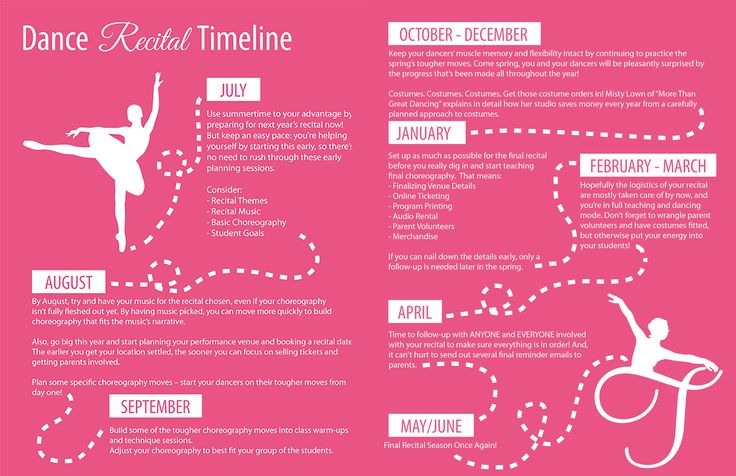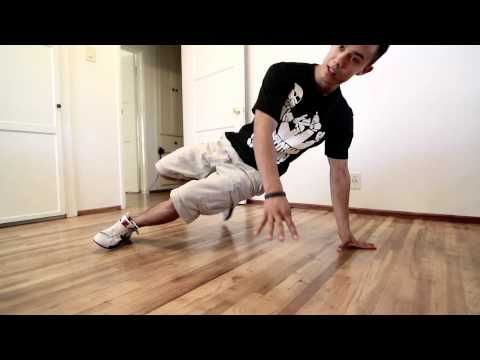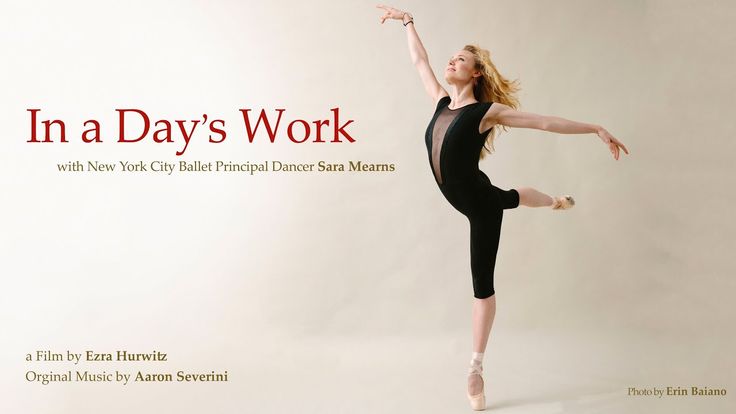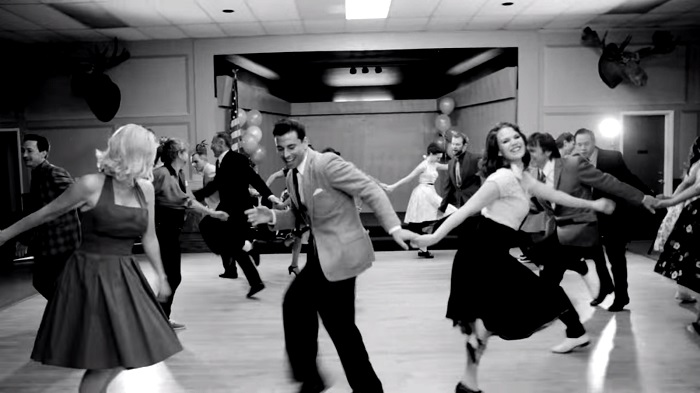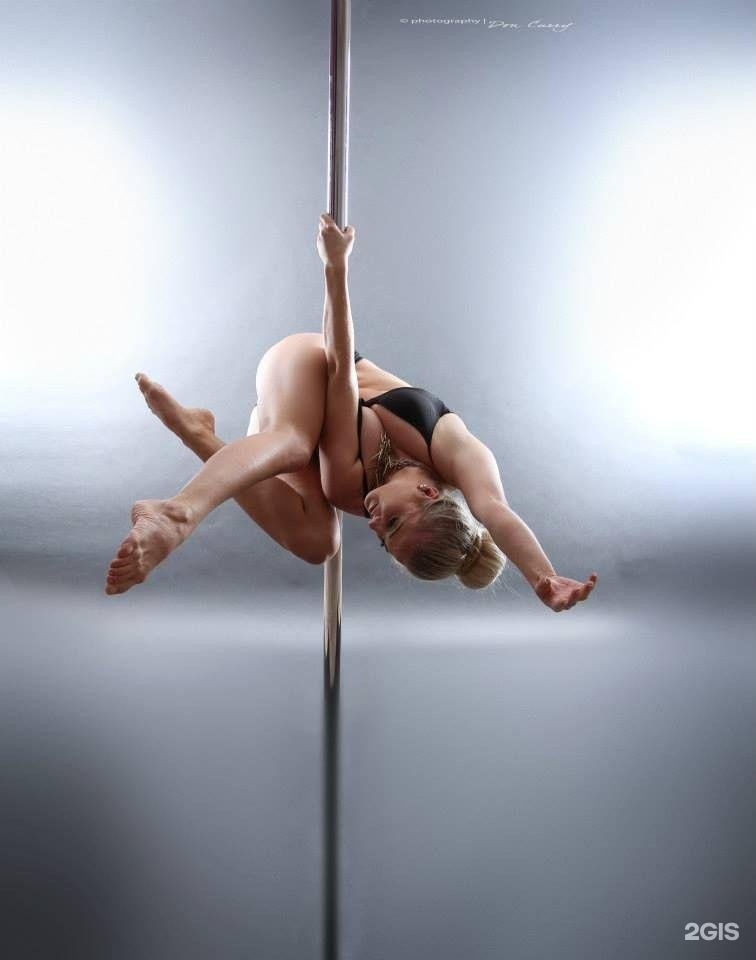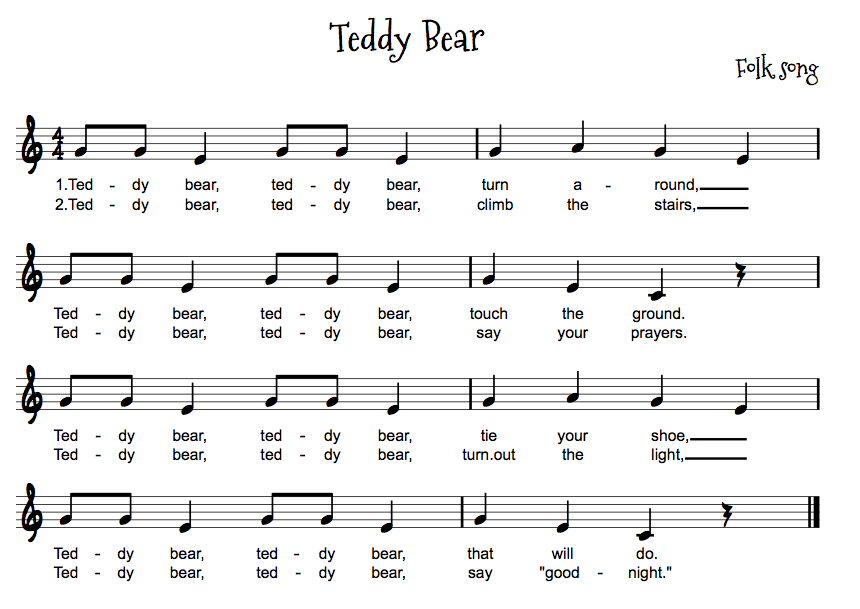How to start dancing
Here’s What You Need to Know to Get Started – CLI Studios
June 19, 2021 January 6, 2022 / 6 minutes of reading
What You Need to Know to Start Dancing- The age equation is a myth! You can begin dancing at any age you want as long as you have the right tools to start. Plus, learning to dance is beneficial for your mind and body. So, no matter what age you are, you’ll still feel the benefits of a healthy dose of movement each day.
- Like anything that’s new, there will be mistakes made – and that’s okay! It’s actually how we learn. In order to find your balance, you have to explore falling and wobbling.
- Starting small is the best way to begin. Working on training your mind and your muscles before jumping into tricks is the safest way to start. Think about it – in order to nail your turn, you’ll have to start with learning how to spot!
- It’s not as difficult to start as you think! From dancing in front of your mirror to stalking your favorite choreographers on social media, there are small ways you can start to learn and pick up movement every day.
Once you figure out what you want to learn, you can create your own schedule and keep track of your progress in no time.
- Most importantly, take it at your own pace and find what feels right for your body. And, don’t forget to have fun while you’re at it!
So, you want to start dancing, but maybe you feel like you’re a little late to the party? Well, the good news is that it’s NEVER too late to learn how to dance! It’s a myth that you have to start young. You can pursue whatever you want, whenever you want.
Oh, and the best part? It’s actually beneficial for your mind and body! That’s right. Moving your body each day can pave the way for a higher cardio-fitness score and increased flexibility, as well as release endorphins for a mood boost.
Plus, based on a study from Harvard, picking up new choreography and movement helps develop cognitive skills such as memory, decision making, and visual recognition. The moral of the story is that daily dancing will have your brain and body thanking you!
What you need to know before you start You will mess up! And that’s okay.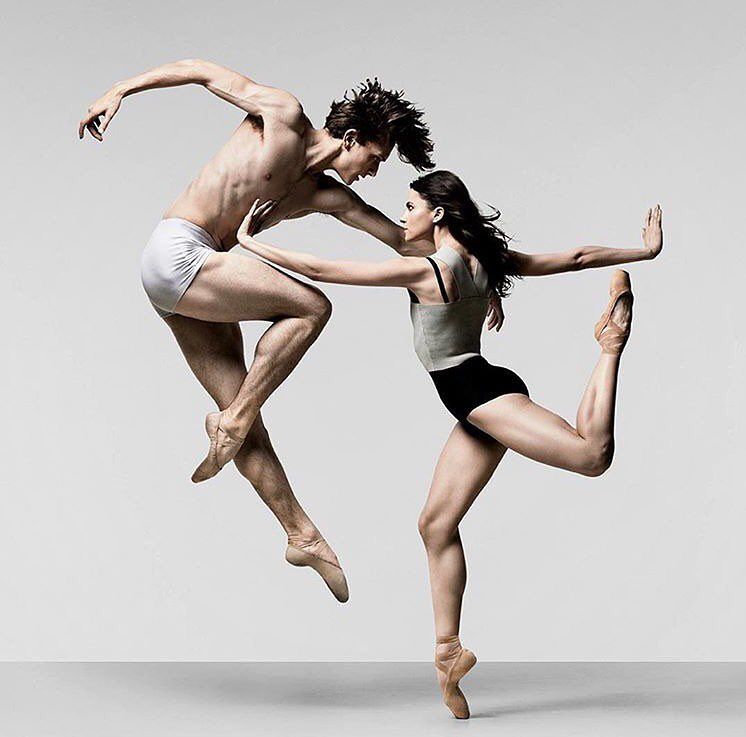
Nobody gets a pirouette right away. In order to nail that single, double, or triple, falling out of the turn is required and encouraged! Even the most advanced dancers fall out of their turns. It’s all part of the process. You have to embrace the wobble in order to find your balance!
Fun fact: “Embrace the wobble” is a phrase from our favorite dance medicine specialist, Jennie Morton. She likes to focus on balancing as a dynamic process instead of a rigid stop.
You don’t have to be an expert to have fun AND look good.No matter what moves you’re doing, if you’re having fun that energy will translate to those watching you! The most important part of dancing is your presence and how you’re feeling when you’re moving. Check-in with yourself! Are you able to just groove it out and forget about everything else for a while? That’s where the magic happens.
Everybody starts somewhere!In order to do a leap, you have to start small and celebrate every tiny win! If that means for a whole month, you focus on stretching your hamstrings and working your flexibility before jumping into the air – that’s perfectly fine.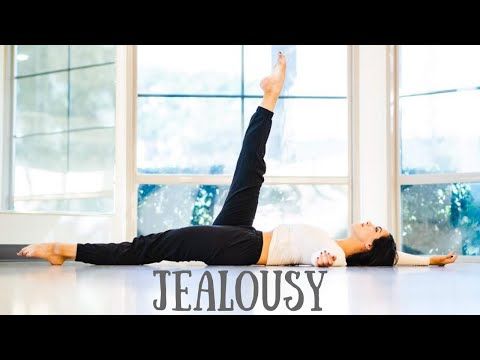 The foundations are so much more important than tricks, and they’ll help you get to those advanced moves in the long run. Plus, having strong technique helps prevent injuries!
The foundations are so much more important than tricks, and they’ll help you get to those advanced moves in the long run. Plus, having strong technique helps prevent injuries!
1.
Start smallWhile it may be tempting to jump into a 90-minute jazz class, it’s important to focus on preparing your body and working your way up to a full class. Try starting with just 10 minutes of a dance-inspired warm-up. You can start with your general warm-up exercises and add in dance techniques. Check out a few of our favorite 10-minute warm-ups HERE.
2.
Incorporate dance into your daily routinesYou don’t need to be in a studio to practice your technique! A great way to work on your dancing is to find different ways to move throughout the day.
- Want to work on balance? Try standing on one leg while you brush your teeth!
- Stretching in the morning? Try moving your arms throughout the port de bras during your morning stretching routine
- Need a 10 minute break from work? Head to first position and practice your releves with 3 sets of 20 calf raises.
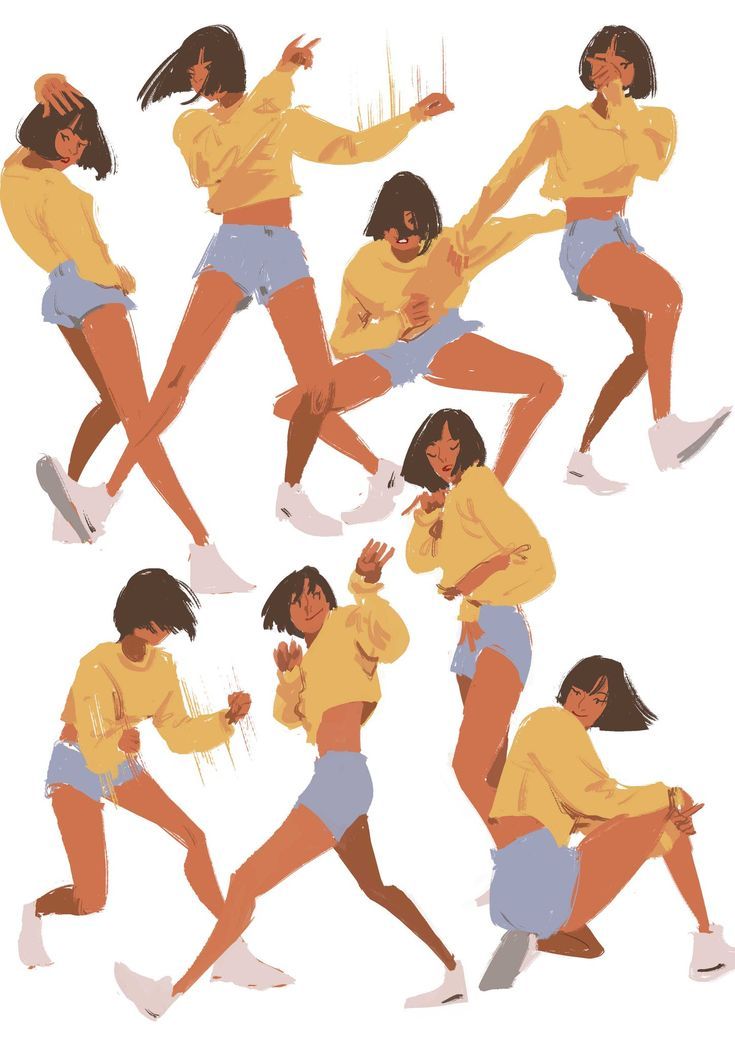
- Cooling down from a workout? Do stretches that will help you increase your flexibility and turnout.
3.
Freestyling and improvising are your friendsThe best place to start? In your own room! Yep – put on your favorite song and just start moving! You can even dance in front of a mirror to give yourself some instant feedback. Improvising and freestyling is the best way to find what feels good for your body. When you watch your favorite choreographers, you’ll notice they all have different styles and that’s because everyone’s body has its own way of moving!
4.
Start to explore different styles of dance just by watchingEverybody has different methods, but one way to get started with learning to dance is to immerse yourself in every aspect of it! That means following accounts of dancers on social media, finding choreographers you love and checking out all of their content. Go down a YouTube black hole of choreography and dance — and check out our YouTube page while you’re at it 🙂
- Cha Cha Basics – Lacey Schwimmer
- 5 tips to nail your turns – Carly Blaney
- Breakin’ Basics – Vincanity
5.
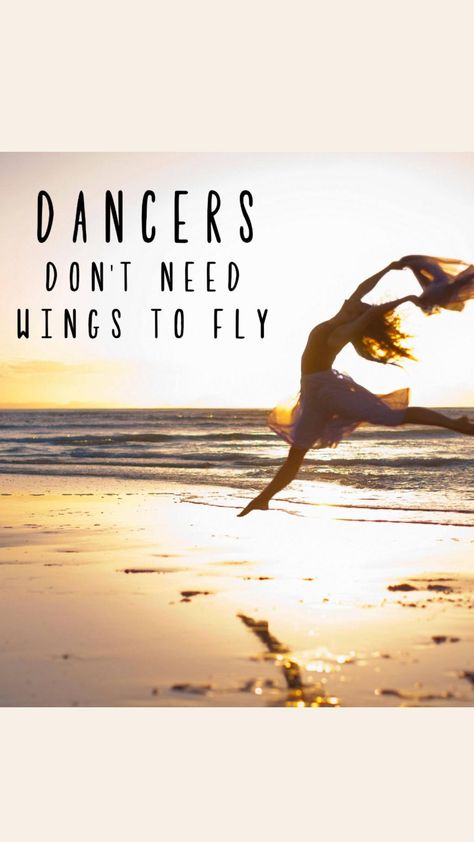 Choose a goal and make a schedule for yourself
Choose a goal and make a schedule for yourself Do you want to learn a specific style? Pick a class or a few different classes that teach the basics, and keep practicing even when you’re not in the studio. The more you do it the easier—and more fun it gets! You don’t have to become a master overnight, no one does. Maybe one month you focus on a specific combo, or ballet and the next you try hip-hop! Just pick a small goals each month and you’ll see improvements before you know it.
Not sure where to start?Don’t worry, we’ve got you covered. CLI offers over 200 beginner-friendly classes to check out. Plus, you can actually control the speed of our classes so you never have to worry about missing a step! Check out a few of our favorite beginner classes below.
- Carly Blaney Beginner Jazz Course
- Molly Long Warm-Up
- Mel Mah – Alaska
- tWitch – Hip-Hop Grooves
- JBlaze Party Grooves Warm-Up
Okay, now that you have a few of our best tips and tricks for getting started – what are you waiting for? It’s time to dance! Believe us, you won’t regret it. The most important thing is to take it all at your own pace and have some fun. Remember, you’re learning something new which is so good for your brain and your body! And who doesn’t want a healthy brain and body?
The most important thing is to take it all at your own pace and have some fun. Remember, you’re learning something new which is so good for your brain and your body! And who doesn’t want a healthy brain and body?
Explore our 200+ beginner-friendly classes at clistudios.com today!
How To Start Dancing | STEEZY Blog
You want to start dancing. What’s holding you back?
I mean, you clicked on this because you want to start dancing.
You wanna tear it up on the dance floor, hold it down in a battle, look cool and be sexy, have fun and impress people... ALL THAT!
But you’re not quite sure how to start dancing.
Maybe the only way you think you can start dancing is by taking classes at a dance studio... but you're too insecure to take a class IRL (and you've never heard of STEEZY Studio – the best place to learn dance online 😉).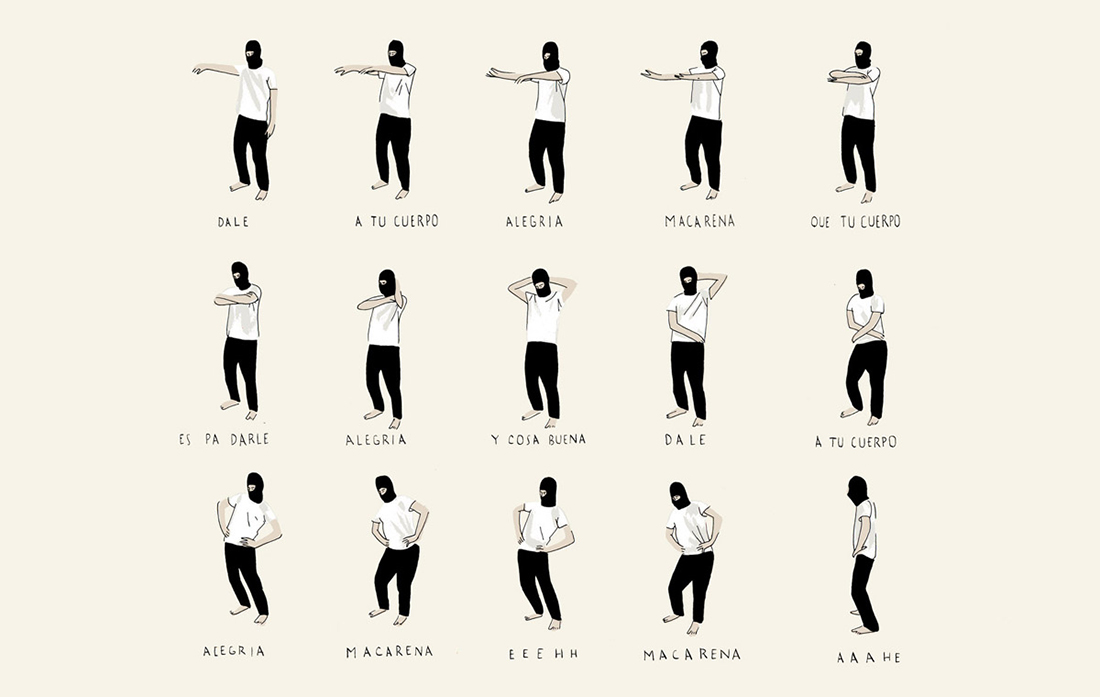
Or maybe you think you’re way too old to start a new hobby (which, you’re not – just read Why It’s Never Too Late To Start Dancing).
Or maybe you’re always “too busy” with school or work.
But we’re here to tell you something very, very important: There is nothing that makes you different or less capable than the great dancers you know.
The only thing that separates you from being a good dancer is… the act of dancing.
Once you dance, you’re a dancer. So start dancing! But starting to dance can be confusing because…
There is no single, “right” way to start dancing
Unlike technical styles like Ballet or Jazz, popular choreography and street styles don’t really have a set curriculum that’ll tell you exactly which techniques you need to start with.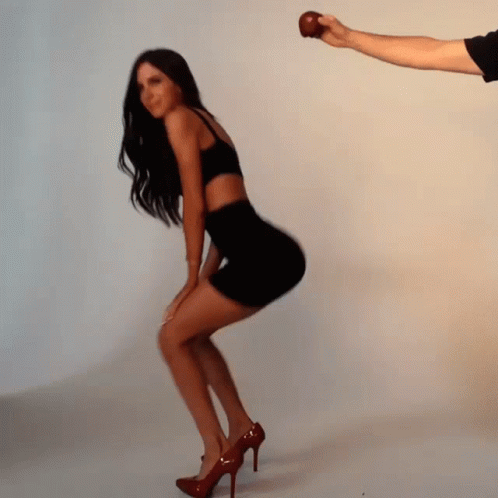
In fact, older dancers didn’t even have access to studios or workshops when they first started dancing.
They just copied moves they saw in music videos or made up routines for their high school pep rallies.
So really, your way to start dancing can be as simple as playing some music and letting your body wiggle.
But since you’re probably looking to become a better dancer in a way that’s more efficient and planned out...
And now that you know you already have everything it takes to be a dancer…
Let’s talk about some ways to train.
How to start dancing
Taking dance classes
Going to a studio and taking a dance class is an great way to start dancing.
It’s much easier to start if you have a friend who is already into the dance scene that can introduce you to places. However, if you’re venturing into it solo – all good!
That's what the internet is for.
Do a Google or Yelp search using key words like "Dance classes in ____" or "Dance studios in _____" or "Dance classes in _____"
Once you have a list of nearby dance studios, go on their websites to see what kind of classes they offer.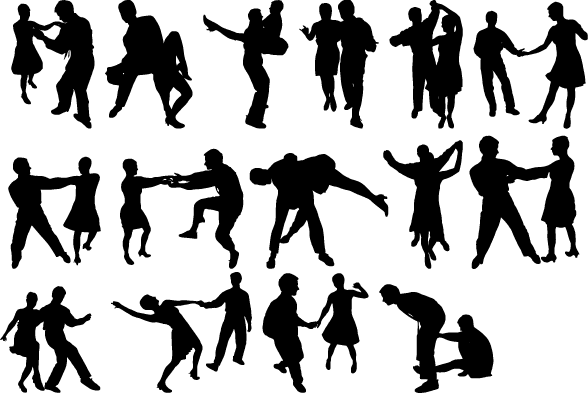
Instagram is also a great tool for finding dance studios and dance classes!
Don’t have any dance studios in your area? STEEZY Studio offers over 1000+ classes in different styles, from the world’s best choreographers.
It’s a great way to get quality classes without driving 5 hours to get to the closest dance studio.
Which dance class should you take?
You should begin... With a beginner class! I mean, there are plenty of reasons Why Every Dancer Should Take A Beginner Dance Class, not just beginners.
But if you’re figuring out how to start dancing, any class with a “beginner-” prefix is a great starting point.
If you’re not sure which style you want to learn, then try everything. Really.
The most liberating part about being new to something is that you’re not restricted by any habits or boundaries.
In fact, many of the dancers dominating the choreography scene came from super diverse dance backgrounds – Breaking, Popping, Contemporary, Cultural dance styles, and more.
Whatever you choose, the main things to focus on in classes are: how your body feels and how you connect to the music.
Take class consistently – dancing is, after all, a skill, so you’re exercising new parts of your brain and body. Give yourself time to practice and build.
Take a dance class at least once a week!
Freestyle
Another way to start dancing that doesn’t require a studio (or any money) is to freestyle.
Not sure what this means? Read: How To Freestyle Dance
Even if you are taking classes, it’s a great idea to keep freestyling anyway.
When you get so caught up in the “correctness” or cleanliness of dancing, you end up restricting your natural style.
So put on a playlist of your favorite dance songs and let yourself improvise. Go to a bar or a club or get a group of your friends together to session.
You’ll learn a lot about your own body – what feels comfortable, how you react to certain sounds, and patterns of movement that you gravitate towards.
Get into the culture
If you love dance, then you probably love a lot of aspects of it, not just the act of it. So immerse yourself in the lifestyle and the community.
Watch dance videos, attend different dance events, hang out with other dancers, and most importantly, learn about its history.
Now get up...
Yes, the initial hump of being too intimidated, lazy, or confused about where to start...
That hump is hard to get over.
But trust us – once you take the first few steps, everything will snowball from there.
The more you learn, the better you get. And the more you do, the more dancer friends you'll make. And the more you try, the more fun and rewarding it will feel!
Basically, the more you love dance, the more dance will love you back.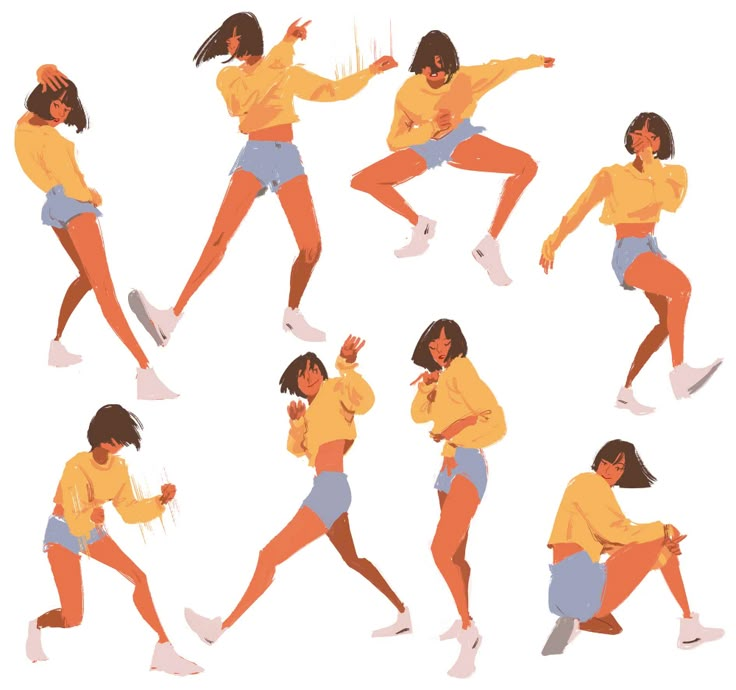 And you’ll grow so quickly as a dancer – without even realizing it.
And you’ll grow so quickly as a dancer – without even realizing it.
And start dancing!
Once you use these tips on how to start dancing, your goals and desires will take more form as you continue.
Maybe you’ll find that you love choreographing, or find a team in your community that becomes your family.
Or maybe you just wanna freestyle all the time and start going to battles. Whatever you end up wanting to do, the first step is to start.
Bianca Vallar's beginner program on STEEZY Studio is the best starter pack for all beginners who wanna start learning right at home.
She teaches the basics of movement, from clapping on beat to basic grooves. If you’re starting from scratch, this is perfect place begin.
Stop wishing – make your move now.
Sign up today to start learning for free!
I want to dance.
 10 misconceptions about dancing
10 misconceptions about dancing The desire to learn how to dance is natural and natural in the modern world. You can list the reasons, starting with obvious and popular pragmatic desires, for example, to start moving or losing weight, ending with unconscious and even existential ones.
This is due to the fact that dances are at the subtle intersection of the inner and outer worlds, physical and spiritual. Above this, music becomes a driver that cannot leave anyone indifferent.
In dancing, there is magic inside a person, which is not always noticeable when viewed from the side. At the initial stage, it is the external picture that attracts to dances, and sometimes repels, as it seems too frivolous and superficial.
But there are even stronger obstacles that stop many people from starting dancing. These illusions and delusions roam the minds of the majority, and are often afraid to ask about them directly, or they ask the question about it so often that they are no longer ready to hear an honest direct answer. I will try to do it in this article.
I will try to do it in this article.
There are many examples of contemporary dance instructors sharing their thoughts about not expecting to be in the dance industry. Once upon a time there was a man and was engaged in adult, serious business. Sometimes even very serious. A person could have children and even grandchildren. I saw dances only on stage or on TV. For reasons unknown to himself, he ended up in dances. At first, everything seemed like entertainment and a useful pastime. But time has passed, and a person catches himself thinking that he thinks about dancing not just every day, but really all the time. A couple of years pass, and he already becomes a teacher or organizer of some event.
A similar path can start at 15 or 55 years old. The only difference will be in the self-perception of the starting stage, that it’s too late to dance. In fact, for each age there is its own dance direction, which can reveal it to the greatest extent at this stage.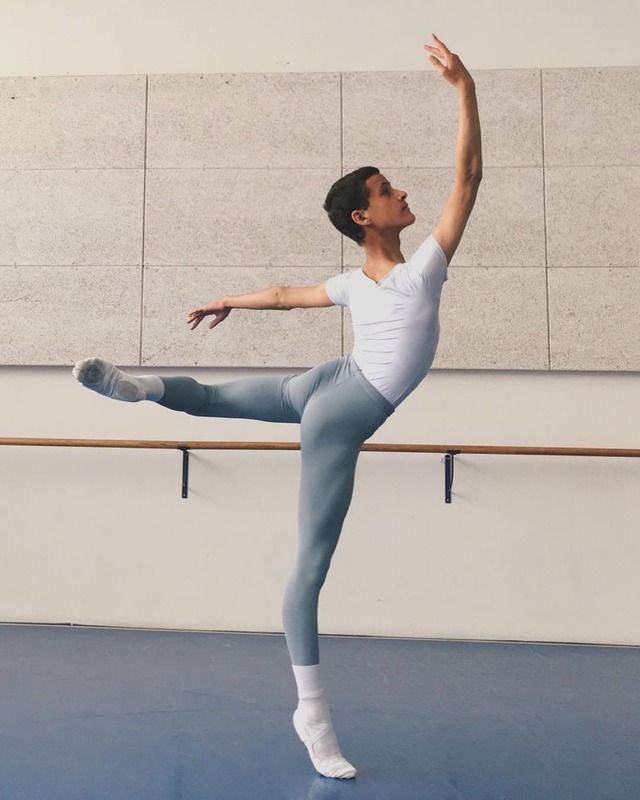 Hip-hop or breaking is closer to children and teenagers, and Argentine tango is closer to adults. It's never too late to start dancing. You need to make the right choice of dance style based on several parameters: age, gender, music, goal. There is a dance direction for any arrangement.
Hip-hop or breaking is closer to children and teenagers, and Argentine tango is closer to adults. It's never too late to start dancing. You need to make the right choice of dance style based on several parameters: age, gender, music, goal. There is a dance direction for any arrangement.
Misconception 2: Men don't dance
Our culture has a number of restrictions related to dancing. Most of these causes are psychological and lie outside the realm of rational reasoning.
First, in our culture, in principle, dancing for pleasure or self-expression appeared relatively recently. 20-30 years ago dance clubs were only for children. To start dancing even in adolescence was considered exotic.
Secondly, the aesthetics of the body in our country for men is not in the focus of attention. In general, this can be attributed to the fact that Russian men try hard not to draw attention to their appearance and clothing. Men in our country use other tools for this.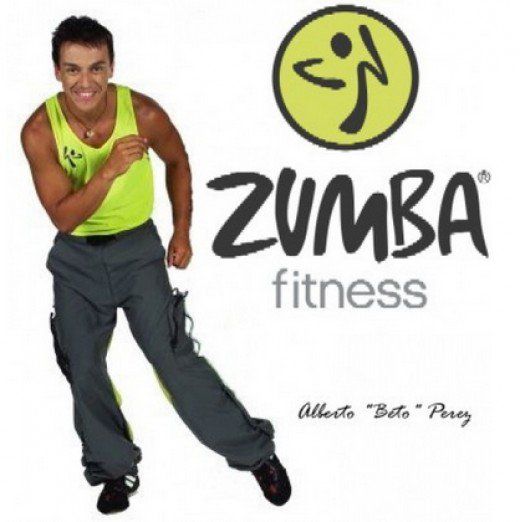
Third, dancing is associated with entertainment and alcohol. If a man feels serious and respectable, then he either does not have time or desire for this.
Nowadays the general cultural background has changed and the result is that men are learning to dance. It becomes as much a sign of masculinity as clothing, hair or beard.
Unfortunately, many misconceptions remain even among those who have already started dancing. Dance teachers do not always pay attention to this, as it seems to them that this is a matter of course.
Fallacy 3: special training is needed
For an outside observer, there is always a cognitive dissonance about what dance is. What he sees on the big stage in the form of a show with sweeping movements and splits is obviously dancing. Breakers doing unimaginable elements in the air and on their hands, competing with each other, also seem to be dancing. Pensioners in the park waltz. Dancing again, but for some reason everyone is so different.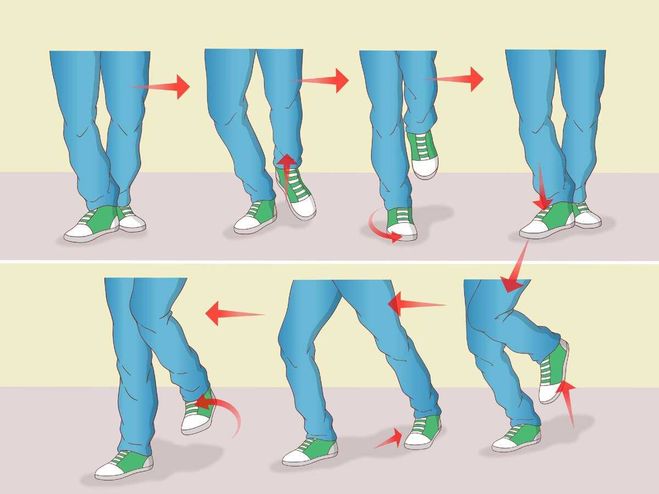 How to understand that this is a dance, and what physical criteria should be in the body.
How to understand that this is a dance, and what physical criteria should be in the body.
In fact, any self-expression through the body to music can be attributed to dance. There are a number of reservations, but they are not essential. For self-expression, a person uses the set of plastics that he has. Subtlety and technique do not depend on extreme ways of self-expression, and it often happens that splits and somersaults interfere with a meaningful dance. The development of plasticity and the expansion of the body's capabilities are part of the preparation of the dancer, but not an end in itself.
Fallacy 4: You must learn to dance in pairs
In couple dancing, the final learning outcome is that the couple dances at a party. It would seem that you should always train together to get the desired result. This is not true. Let's take an example from boxing. An indicator of a boxer's skill is a fight with an opponent, but this does not mean that he constantly has to fight.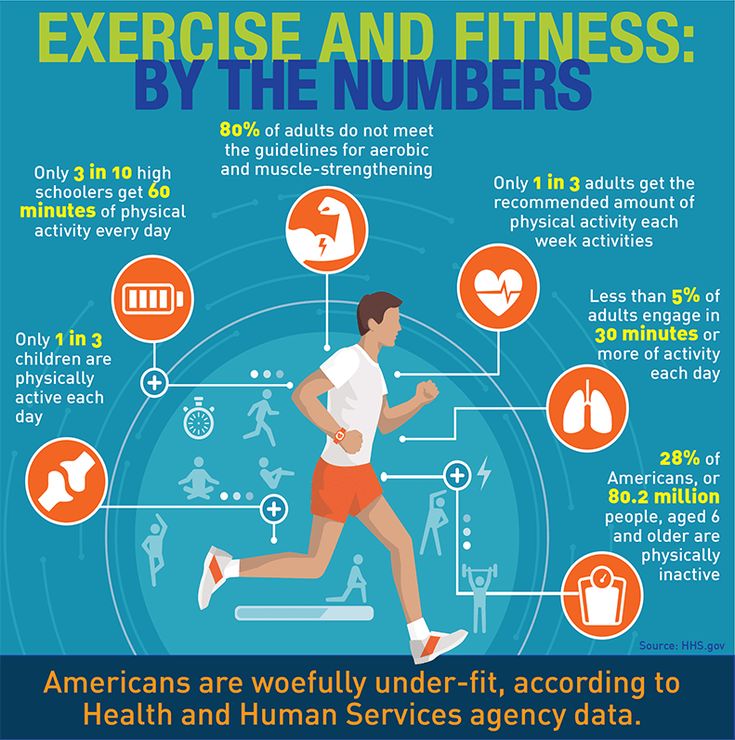 Also, the ability to dance is built on the possession of one's own body and the ability to interact.
Also, the ability to dance is built on the possession of one's own body and the ability to interact.
The skill of the teacher is the correct selection of methods so that the student masters the skill. Based on the skill, you can engage in creativity and self-expression in dance. Not everyone knows, but it is no coincidence that almost all social dance dancers have a serious dance background, which is based on the development of individual techniques.
The same can be attributed to the interaction in a pair. The ability to separate in oneself the one who leads and the one who follows the lead is impossible within the framework of studying the sequence of movements in pairs. For this, there are special exercises that make the skill more versatile. For this, the presence of a permanent couple is not necessary, as well as the regular presence of a partner in general.
IMPORTANT! You can’t experiment at a party, and everything should be in its place there: men dance with women.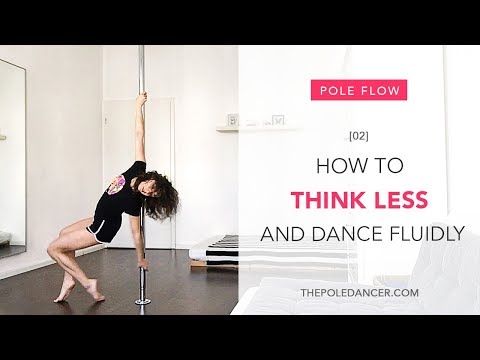
Getting rid of illusions is a complex internal process. If you leave them to yourself, you can even get the opposite result.
Fallacy 5: plastique and stretching are mandatory attributes of dance
Much depends on the genre of dance that you want to master. In previous articles, I have already mentioned that different dance styles are suitable for different ages. It is appropriate to dance hip-hop in adolescence or youth, Argentine tango is a more adult dance, it is important to enter classical choreography at a young age.
The degree of necessary plasticity and sensitivity to the dance direction also correlates. For example, breaking requires great physical effort and dexterity. Elements are built on acrobatics and high speed of execution. Who are they more suitable for? Obviously young people.
There is a lot of interaction in salsa. It is necessary to feel the partner subtly, to be able to show a variety of figures and elements.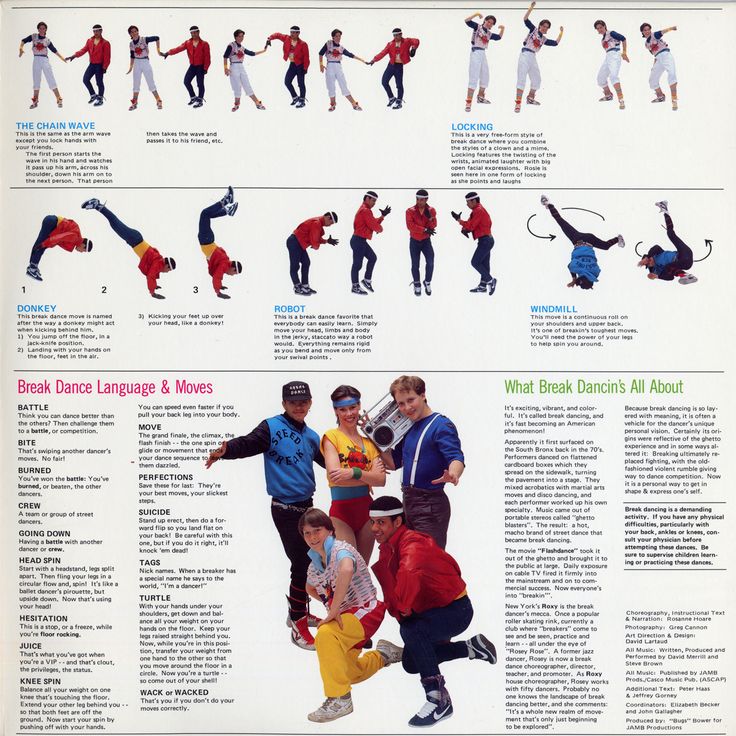 Twine or acrobatics are completely inappropriate here. However, a variety of ways to show oneself are required. Accordingly, the dance is youthful, but not at all childish.
Twine or acrobatics are completely inappropriate here. However, a variety of ways to show oneself are required. Accordingly, the dance is youthful, but not at all childish.
The older the dance, the less stretching or acrobatics is required. The main emphasis is on the quality of technology, the variety of ideas and the ability to show plasticity.
Misconception 6: Mirrors are necessary for learning
There is a set of instruments that dancers use to learn how to dance. The fact is that the dancer needs to receive feedback on how his movements look from the side. It is impossible to dance and see yourself from the side at the same time. The most common tool is a mirror. But not the only one.
Like any auxiliary tool, mirrors have positive and negative effects. The positive is that they can receive feedback in real time and technically it is not very difficult. The downside can be dependence on mirrors. A situation where a dancer cannot capture the feeling of dancing, such as on stage or at a party.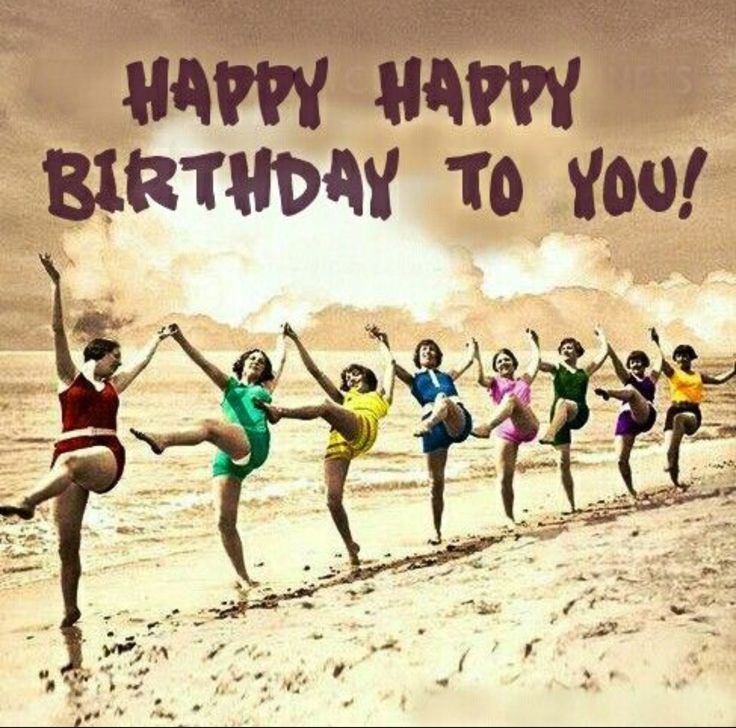 For these purposes, you can use, among other things, video filming or proper preparation.
For these purposes, you can use, among other things, video filming or proper preparation.
In many countries in Latin America, dance classrooms are not equipped with mirrors. Classes are held in bars or large halls. The dancers initially form the skill of focusing on the inner sensation, and not the habit of looking for their reflection in the mirror with their eyes.
Misconception 7: there is a lot of obsceneness in dancing
A common question from novice dancers who are taking their first steps in more contact couple dances is “in order to dance cool, there must be passion inside the couple?”. I immediately answer that no, not necessarily. Kizomba, bachata and Argentine tango attract many with their close contact. Like any other contact in our everyday life, in dances, contact can be different. We hug friends, parents, children. These hugs can wear many different shades. Sexual overtones are one of many.
The culture of dance also includes the boundaries of what is acceptable. A compliment from a well-mannered person is different from a statement about female sexuality by a gopnik. Usually, those who study at a dance school already have an idea of what boundaries should not be crossed. A good dance from a technical point of view will never look vulgar or vulgar.
A compliment from a well-mannered person is different from a statement about female sexuality by a gopnik. Usually, those who study at a dance school already have an idea of what boundaries should not be crossed. A good dance from a technical point of view will never look vulgar or vulgar.
Dancers always have a choice about the boundaries of contact. Most prefer to leave a good impression of themselves, as word spreads just as fast in the dance world.
Misconception 8: the best dancers are the bearers of culture
Even the very question of the origin of this or that dance can be paradoxical and ambiguous, especially when it comes to its development and performance.
For example, the Viennese waltz did not originate in Vienna, but in Germany. Salsa has its main roots in the USA, not in Cuba. The famous Greek folk dance sirtaki was invented for the film Zorba the Greek and appeared only in 1964.
The same can be attributed to the development of modern dance styles. Korea is known for its world-leading break dancers. People go to Turkey for Argentine tango, Spain is strong with excellent salsa and bachata dancers, in Egypt, Russians are considered the best belly-dance performers.
Korea is known for its world-leading break dancers. People go to Turkey for Argentine tango, Spain is strong with excellent salsa and bachata dancers, in Egypt, Russians are considered the best belly-dance performers.
A good dance is based on quality training and diligence. Skin color, place of birth and age are secondary. Exotic appearance, unfortunately, is often a reason to be more superficial about one's own professional development. This becomes the reason for the low level of teaching among the bearers of culture. I am sure that few readers of this post will be ready to conduct a master class in Russian folk dance outside of Russia.
The mastery of mastering and teaching a particular style does not depend on the dancer's homeland. And "they absorbed the dance with their mother's milk" is nothing more than a common misconception.
Misconception 9: You have to know a lot of moves to learn how to dance
Focusing on learning a lot of moves often detracts from the essence of dance.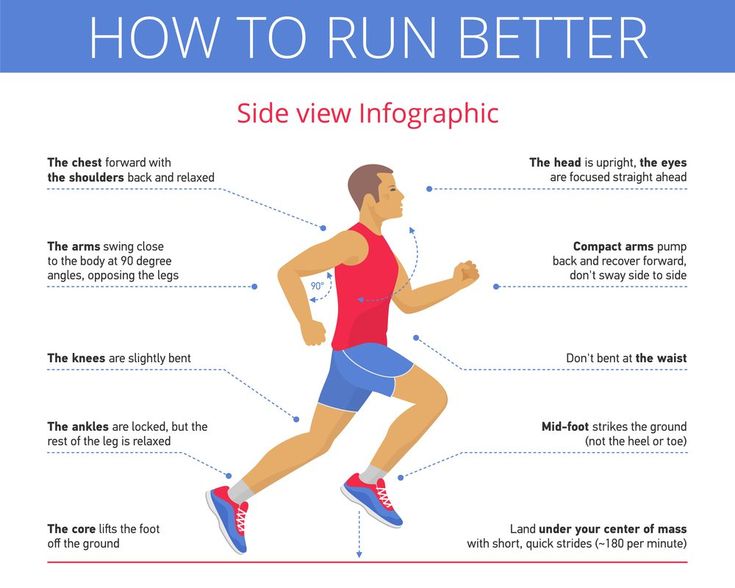 Of course, the sequence of figures is important. Especially at the start. Over time, the dancer should have an understanding of how movements can be generated independently. Accordingly, instead of memorizing millions of figures, you can understand how to create them.
Of course, the sequence of figures is important. Especially at the start. Over time, the dancer should have an understanding of how movements can be generated independently. Accordingly, instead of memorizing millions of figures, you can understand how to create them.
From every system of improvisation that a dancer can use as an instrument, dozens, hundreds or thousands of variations are derived. This frees the head from trying to reproduce the exact sequence and definitely adds freedom in the performance of the dance.
The huge theme of musicality can be attributed to the same question. Not every pre-conceived or learned sequence will fit specific music. The dance should give freedom, and not drive the dancer into the shell of the ropes.
Misconception 10: dancing is homosexual
The unusually high attention to the body and flair from stories about professional ballet led to the spread of this myth, among other things. Unfortunately, such an idea still exists in the minds of our fellow citizens.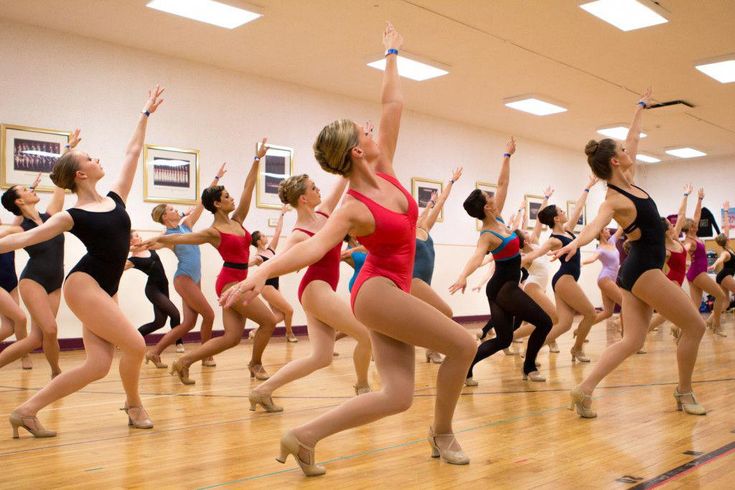
The dance industry is now very broad and is represented by many dance styles. Some of them can even be called homophobic. Dances reflect the general attitude to the world and it is different depending on the life position and worldview of a person.
In many dances there is contact between the dancers. In Russia, dance contact between men has always been perceived very intensely. In most other countries it is different. An example of the fact that this tension is associated only with the dance theme and does not apply to other areas is, for example, wrestling. When practicing techniques, men are in much closer contact with each other. Sometimes lying on the floor and holding each other tightly. The historical roots of Greco-Roman wrestling are also ambiguous from a sexual point of view. But in our country, unlike dance, they are perceived as acceptable and brutal.
Dance, like the culture of speech, makes a modern person more successful and self-confident. The ability to control one's body, tune in to another person and the ability to be aesthetic in the plasticity of movement is valuable in the modern world. If we add here the pleasure of the process and the availability of dance as such, then the possibilities of this activity can hardly be overestimated.
The ability to control one's body, tune in to another person and the ability to be aesthetic in the plasticity of movement is valuable in the modern world. If we add here the pleasure of the process and the availability of dance as such, then the possibilities of this activity can hardly be overestimated.
It's sad when interested people are stopped by prejudices and myths that have nothing to do with dancing. Freedom in body movements begins with freedom of thought and willingness to change.
I hope that this review will help to take a different look at the dance culture for those who still have doubts about whether to start dancing.
Share on social networks:
Modern dance to modern music
How dancing can become an addiction
The fear and magic of tango
Dangerous sexuality
How dancing on video differs from dancing in movies
The self-destruction of the pair dance community
The Salsa series as a mirror of the community
Destroying the myths about leading pair dance
Does dancing make us better?
12 life hacks to quickly learn how to dance
The seven deadly sins of teachers
Why we will never dance bachata like the Dominicans
Why tango?
Debate over musicality
Selection of dances according to alcohol preferences
Where to find inspiration for dancing?
Terrible tango nuevo
Distribution of roles in a salsa party
Argentinean tango through the eyes of a salsa dancer
Is there a predisposition to dancing?
Which is more effective: individual or group lessons?
Sexual connotations in partner dancing
7 tips for those who want to learn how to dance
September 9, 2020 Reno5 Life
Dancing is a great way to make friends with your body and gain self-confidence.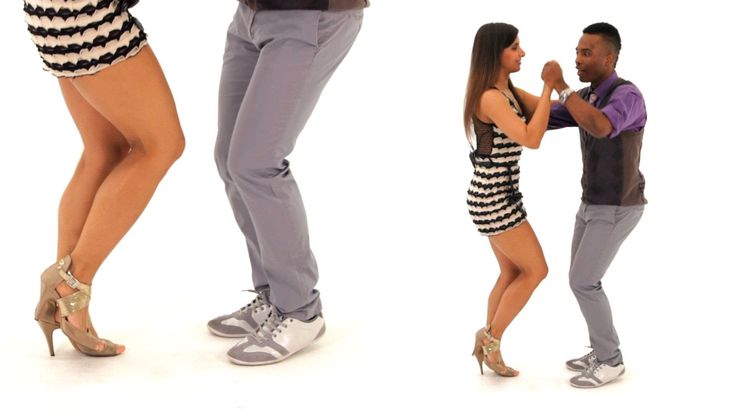 And yes, they can be mastered at any age.
And yes, they can be mastered at any age.
1. Choose your style
The idea here is the same as for sports: if you secretly hate yoga or iron exercises, you are unlikely to go to workouts week after week. To achieve noticeable progress in dancing, a beginner will have to practice a lot and regularly, so it’s better not to torture yourself and choose a direction that really ignites.
You can focus on the music that you like - you need to catch the drive from movements to it. It is music that forms the style of dance and its energy, so decide what is closer to you: for example, funk lovers should try popping or locking, folk fans may like Irish dancing, and if you respect jazz, swing and everything like that, take a closer look at lindy hop.
Another criterion is the nature of the movements. Some are closer to dynamic, as in hip-hop, others are smooth and sensual - for this in tango. There are also health restrictions to consider. So, twerk is not suitable if there are problems with the lumbar spine, with sore knees it is better not to get involved in shuffle, and it will be difficult for an aged person to master house.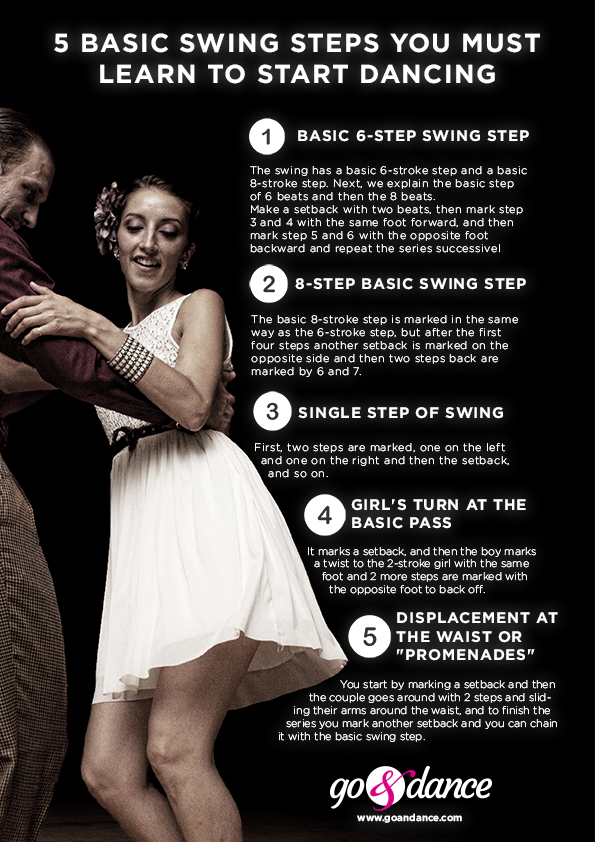
2. Set a goal
Photo: Iakov Filimonov / ShutterstockYou can start dancing at any age, but it's important to keep in mind why you started it in the first place. It is perhaps too bold to expect that in half a year of classes it will be possible to reach the level of international dance championships from scratch. But if you want to try dancing in order to develop plasticity and learn to feel the body better, great, go ahead.
Don't expect everything to work the first time. When you learn from scratch, difficulties are absolutely normal, the main thing is not to score in classes. Over time, both the correct posture and a beautiful gait will be developed, and as a bonus you will also get self-confidence - with freedom of movement, freedom from complexes will come.
3. Don't forget about sports
Some dances in themselves make for a good workout. A vigorous shuffle will replace cardio, and a break can give a load to almost all muscle groups. And yet, without preparation, it will not be easy.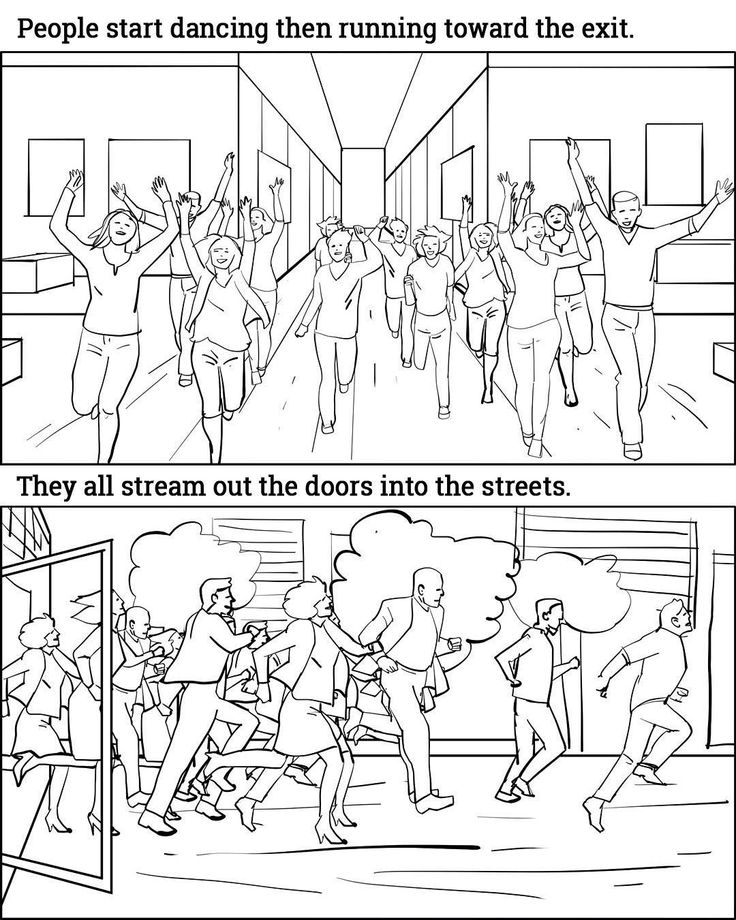 A more or less good stretch is needed in any type of dance, and, for example, strong arms and strong abdominal and back muscles are also useful for pole dancing. You can combine dancing with strength exercises, but you need to give the body time to recover and not plan classes in a row, but allocate at least a day of rest between them.
A more or less good stretch is needed in any type of dance, and, for example, strong arms and strong abdominal and back muscles are also useful for pole dancing. You can combine dancing with strength exercises, but you need to give the body time to recover and not plan classes in a row, but allocate at least a day of rest between them.
And don't forget to warm up before dancing. So that the training does not end with an injury, the muscles and joints need to be prepared for the load. You can allocate 10–15 minutes for a warm-up, it should include simple articular gymnastics (at least elementary rotational movements of the shoulders and knees), tilts and dynamic stretching.
4. Take some lessons from a trainer
Especially if you have never danced before. Those with experience can learn new styles at home with video tutorials, but that's because they already know how to control their bodies. Beginners are unlikely to succeed, but disappointment in themselves and demotivation are guaranteed - if you can’t repeat elementary movements, then there’s no point in doing it.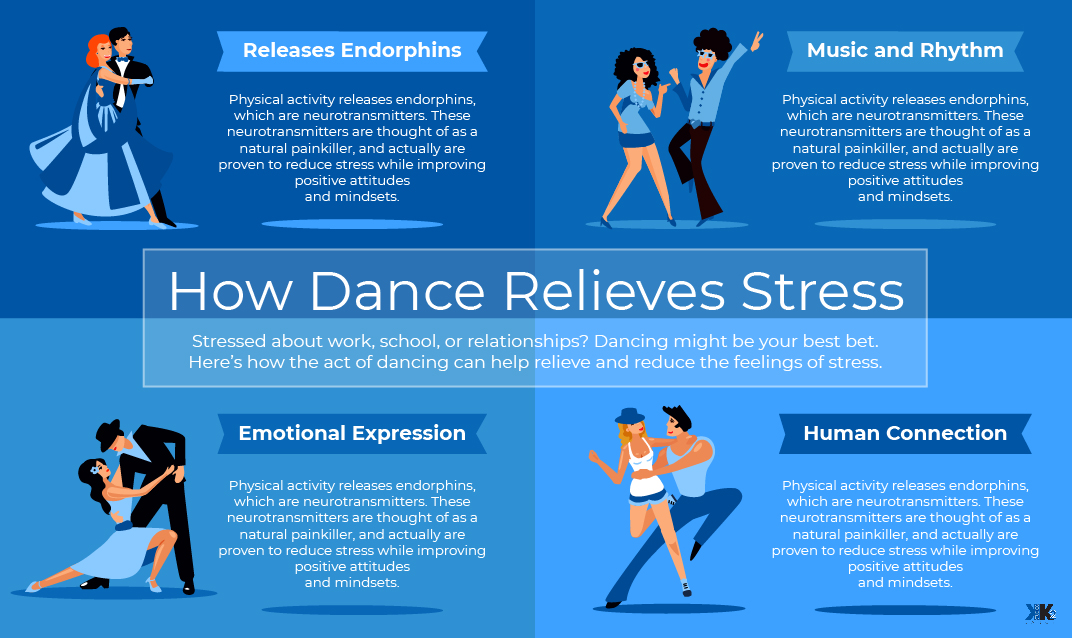
Nothing really strange here. Without preparation, it is difficult to just take it and start moving freely. At least the basic elements are better to master under the guidance of a pro, and when you feel that you are coping, supplement these lessons with home workouts.
5. Learn something new in every class
When you repeat the same set of exercises and movements over and over again, classes turn into a good way to pass your free time, only you can forget about progress. Acquaintance with new elements is the same mandatory part of any workout as a warm-up. It doesn't matter if you work with a mentor or on your own.
Do not immediately try to copy cool dancers. First, study the basic movements, then try to combine them into bundles until you hone them to automatism, and then experiment and improvise, creating something new based on familiar elements.
6. Record yourself on video
You don't need to record the whole workout from the warm-up on, it's enough to record only those moments with which you have problems. These can be separate movements or bundles that are not given in any way. Review the video and, if possible, objectively assess what is wrong: perhaps there are technical problems that are difficult to notice in the process. When you understand what's wrong, try to repeat the movement and record it on video again - and so on until you achieve a good result.
These can be separate movements or bundles that are not given in any way. Review the video and, if possible, objectively assess what is wrong: perhaps there are technical problems that are difficult to notice in the process. When you understand what's wrong, try to repeat the movement and record it on video again - and so on until you achieve a good result.
This approach will help you find errors and track progress. You can not even limit yourself to memorized ligaments, but improvise - then see how it looks from the outside.
7. Find like-minded people
Photo: Iakov Filimonov / ShutterstockIf you need an extra reason not to miss classes, then meeting new people can be a good motivation. It is easier here for those who train in a group. Often the dance school becomes the center of a close-knit community, where people come not only for the sake of classes, but also just to spend time together at dance parties.
Finally, the more partners around, the more experience. Do not limit yourself to dancers of your level of training and practice with those who are stronger or weaker than you. In the first case, you will be able to improve your skills, and in the second, you will try yourself as a coach - this, by the way, is a good way to learn to take more initiative and understand the very principle of movement in dance, and not just memorize the alternation of chords.
Do not limit yourself to dancers of your level of training and practice with those who are stronger or weaker than you. In the first case, you will be able to improve your skills, and in the second, you will try yourself as a coach - this, by the way, is a good way to learn to take more initiative and understand the very principle of movement in dance, and not just memorize the alternation of chords.
Stay fit and connected with the OPPO Watch. They have two powerful processors, a bright AMOLED display, 1 GB of RAM and 8 GB of internal memory, Bluetooth, Wi-Fi and NFC modules. And more than 90 training modes, including those designed specifically for ORRO. Work out cooler with music, you can listen to it in streaming services or download tracks to the memory of your watch.
If you want to enjoy clear sound, the OPPO ENCO W31 Wireless Headphones are for you. Two-level noise reduction system, easy operation and stable connection will make listening to music and talking on the phone as comfortable as possible.